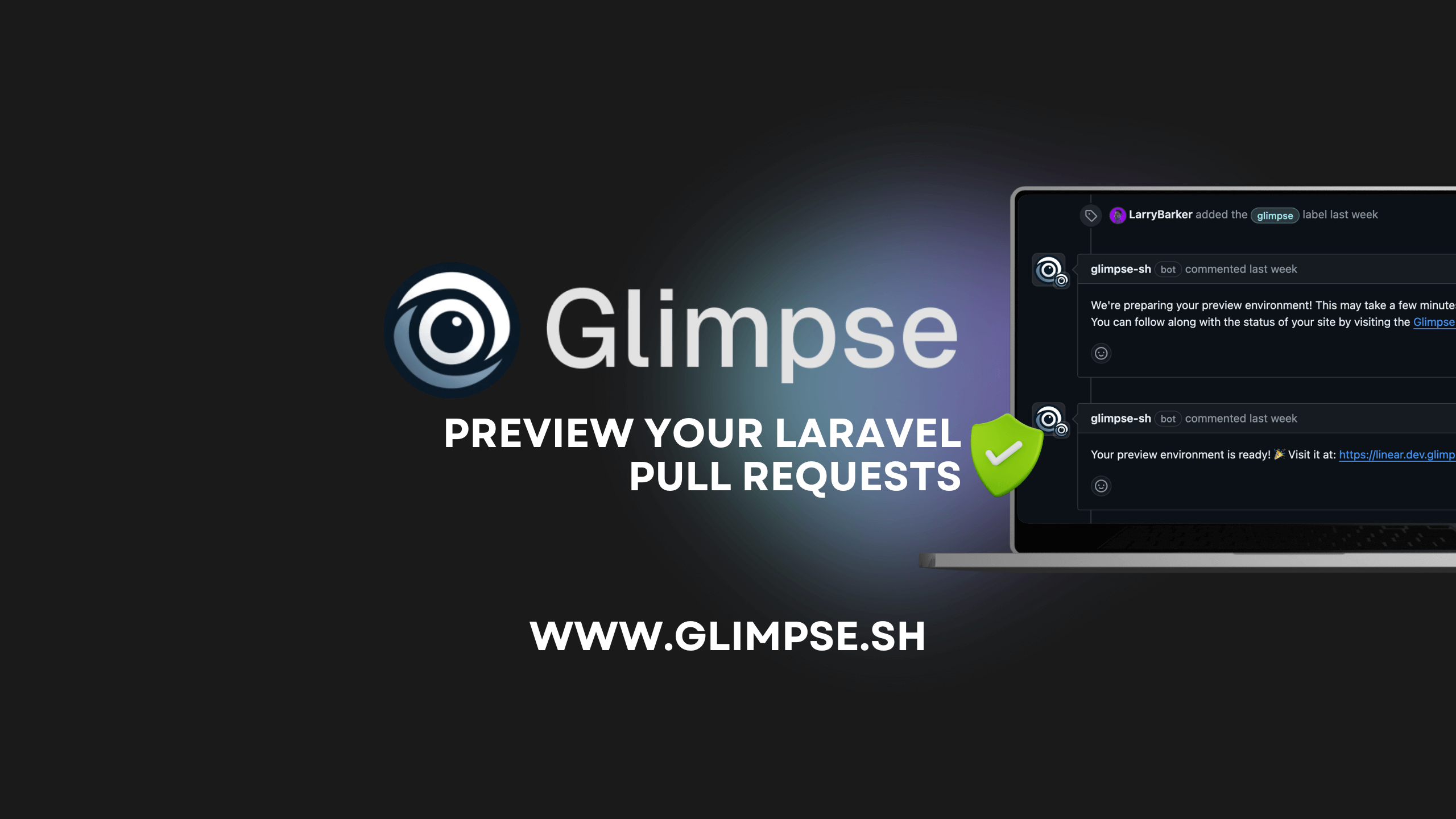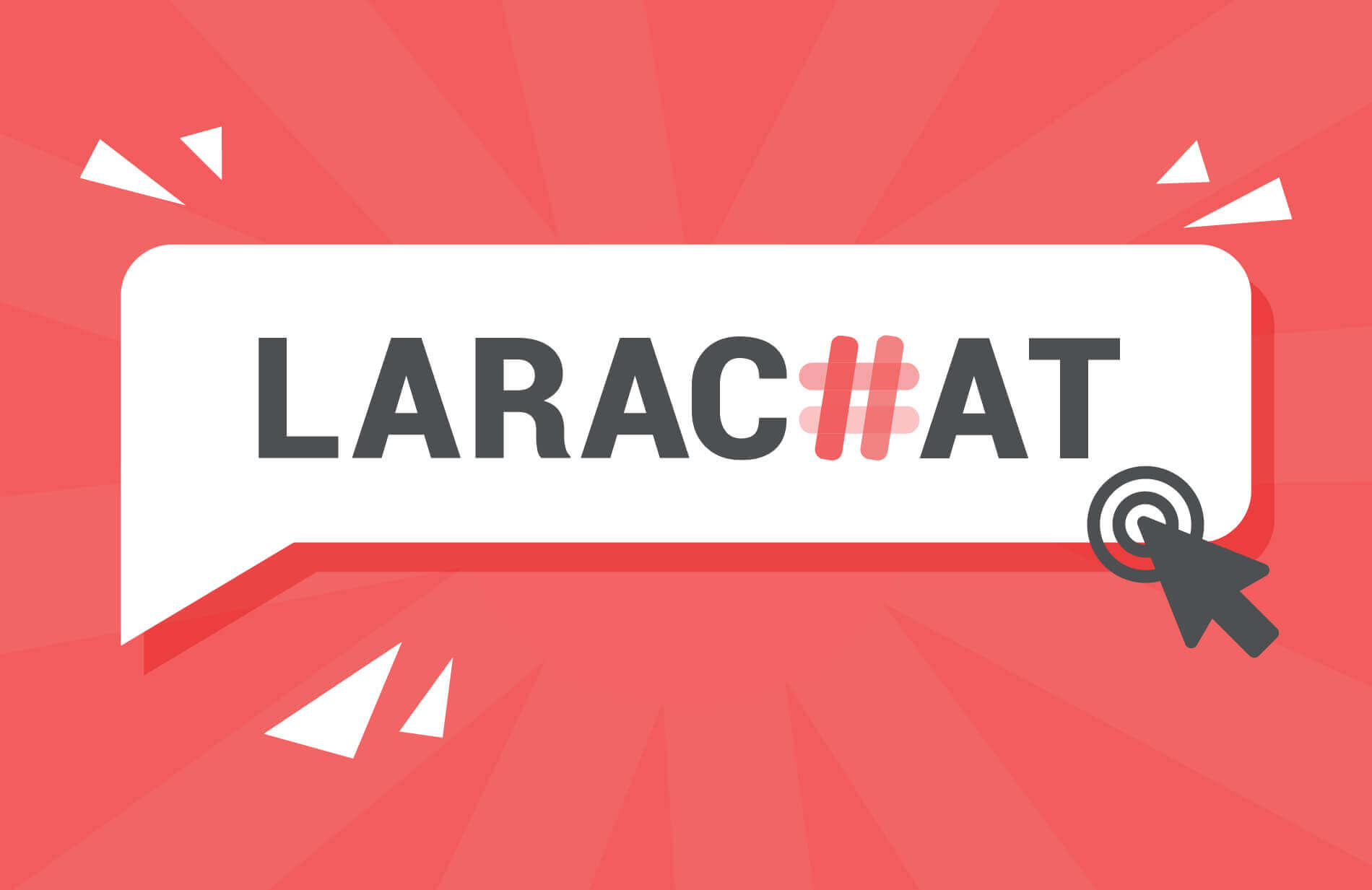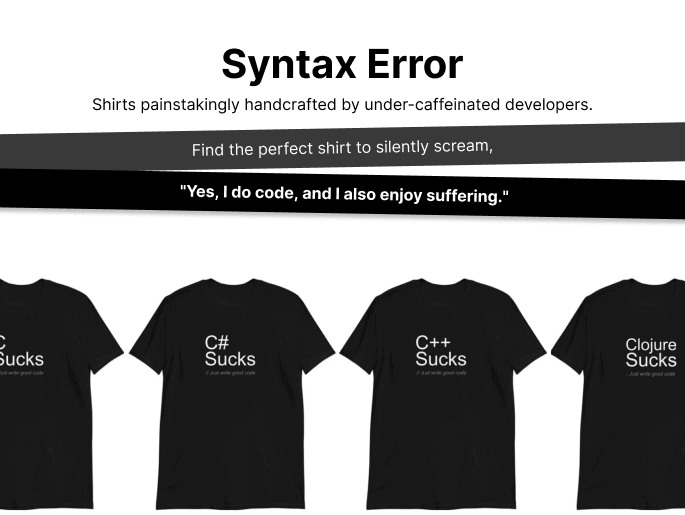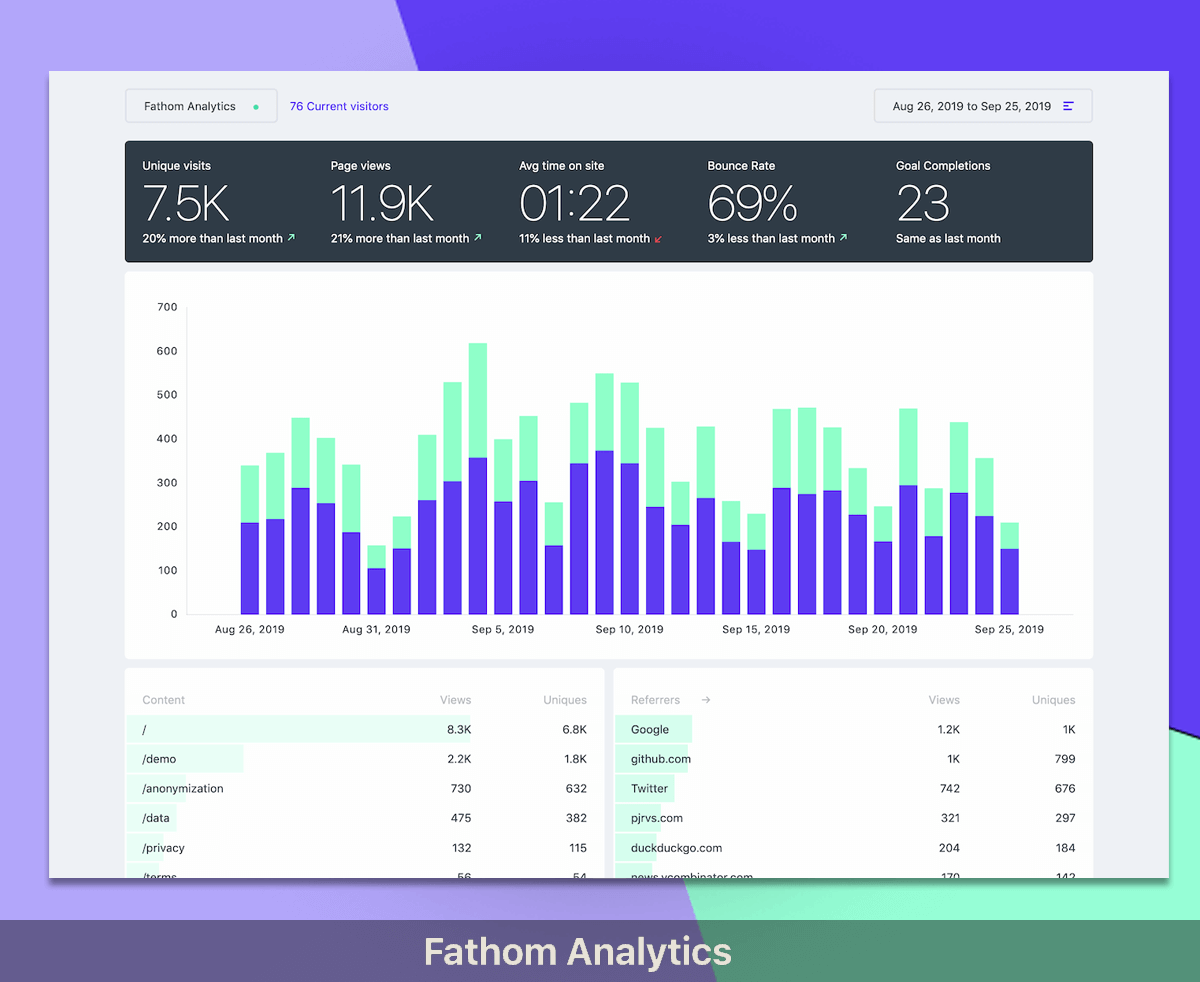Get the latest Laravel/PHP jobs, events and curated articles straight to your inbox, once a week
Source: jorgeglz.io
Setting up Laravel applications with Caddy 2 | JorgeGlz
Managing web servers can be kind of tricky, and with an increasing number of applications in one server, managing all of their configuration files can start to feel like a burden 🥴. Caddy manages this for me automatically 💖.
#getting-started-with-caddyFirst, you need to install Caddy on your server (obviously), you can find a pretty detailed guide on https://caddyserver.com/docs/.
Let’s take a moment and think of what we need to tell Caddy about our Laravel application: It should use HTTPS.
So, I present to you the Caddy 2 template I use for Laravel: my-website.com { # Resolve the root directory for the app root * /var/www/my-website/public
#getting-started-with-caddyFirst, you need to install Caddy on your server (obviously), you can find a pretty detailed guide on https://caddyserver.com/docs/.
Let’s take a moment and think of what we need to tell Caddy about our Laravel application: It should use HTTPS.
So, I present to you the Caddy 2 template I use for Laravel: my-website.com { # Resolve the root directory for the app root * /var/www/my-website/public
Newsletter

Glimpse
Glimpse streamlines Laravel development by seamlessly deploying GitHub pull requests to preview environments with the help of Laravel Forge.
Laravel/PHP Careers





